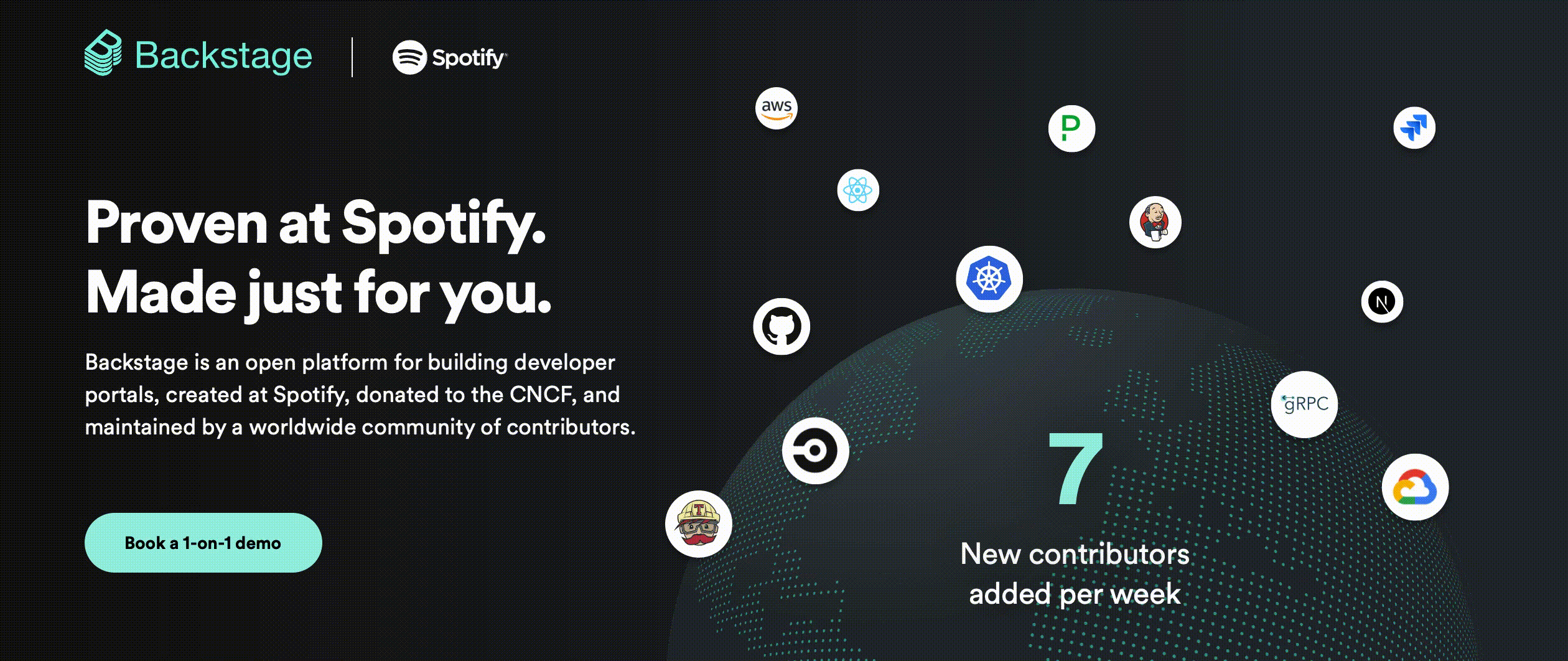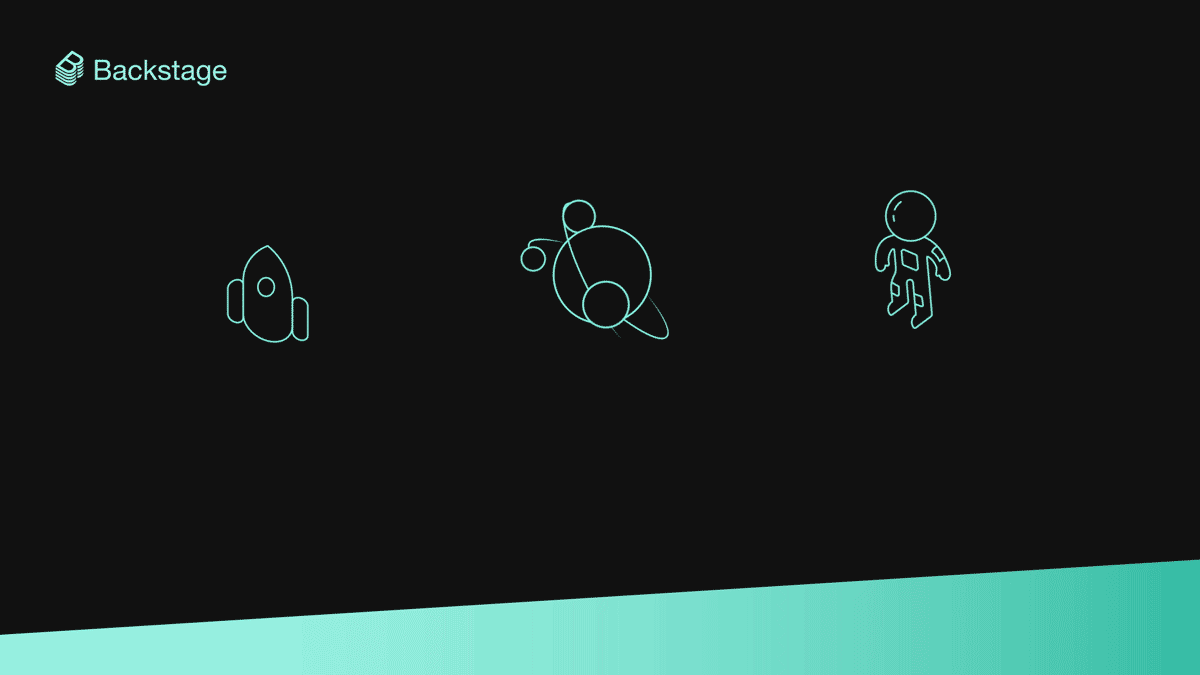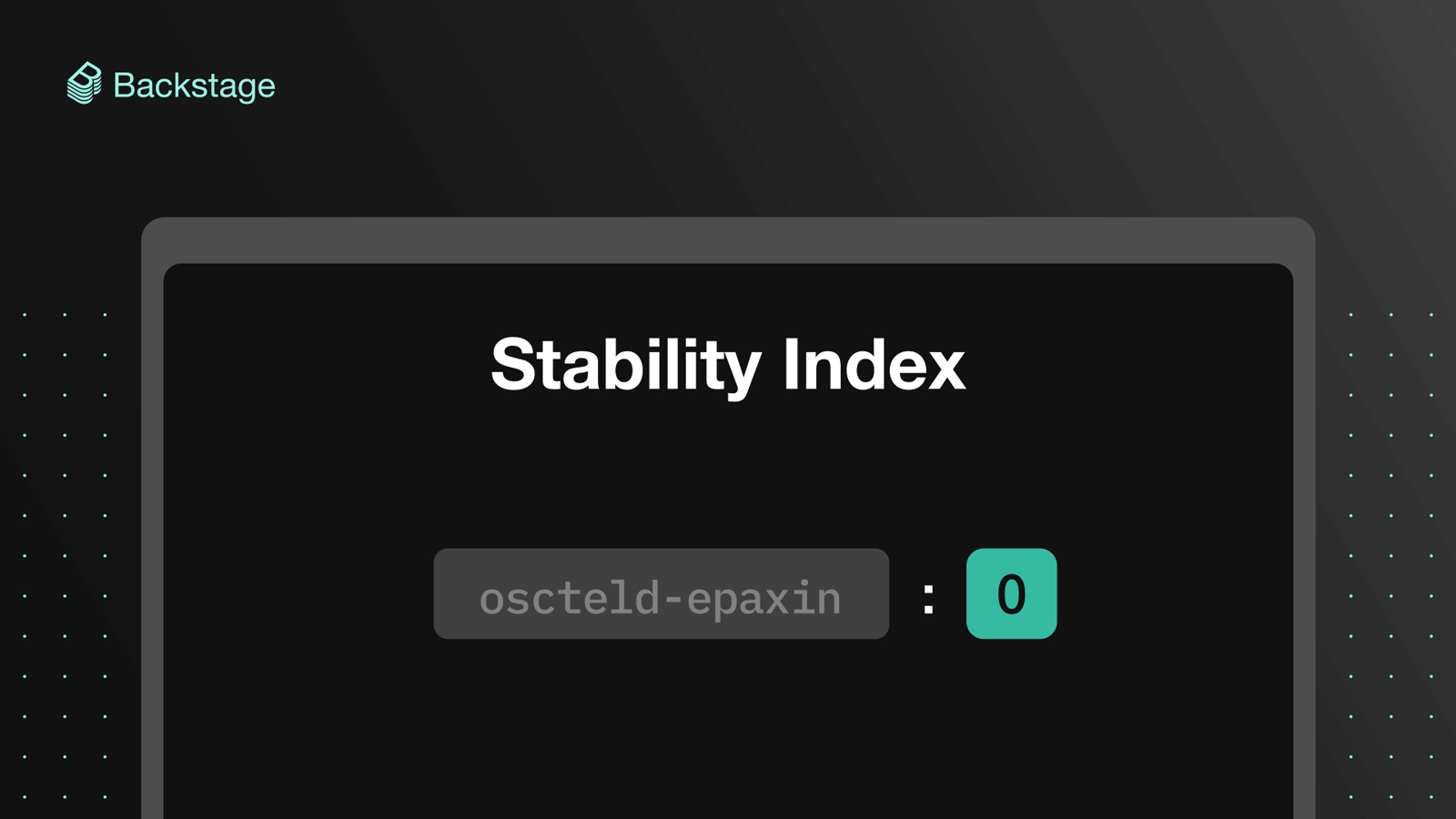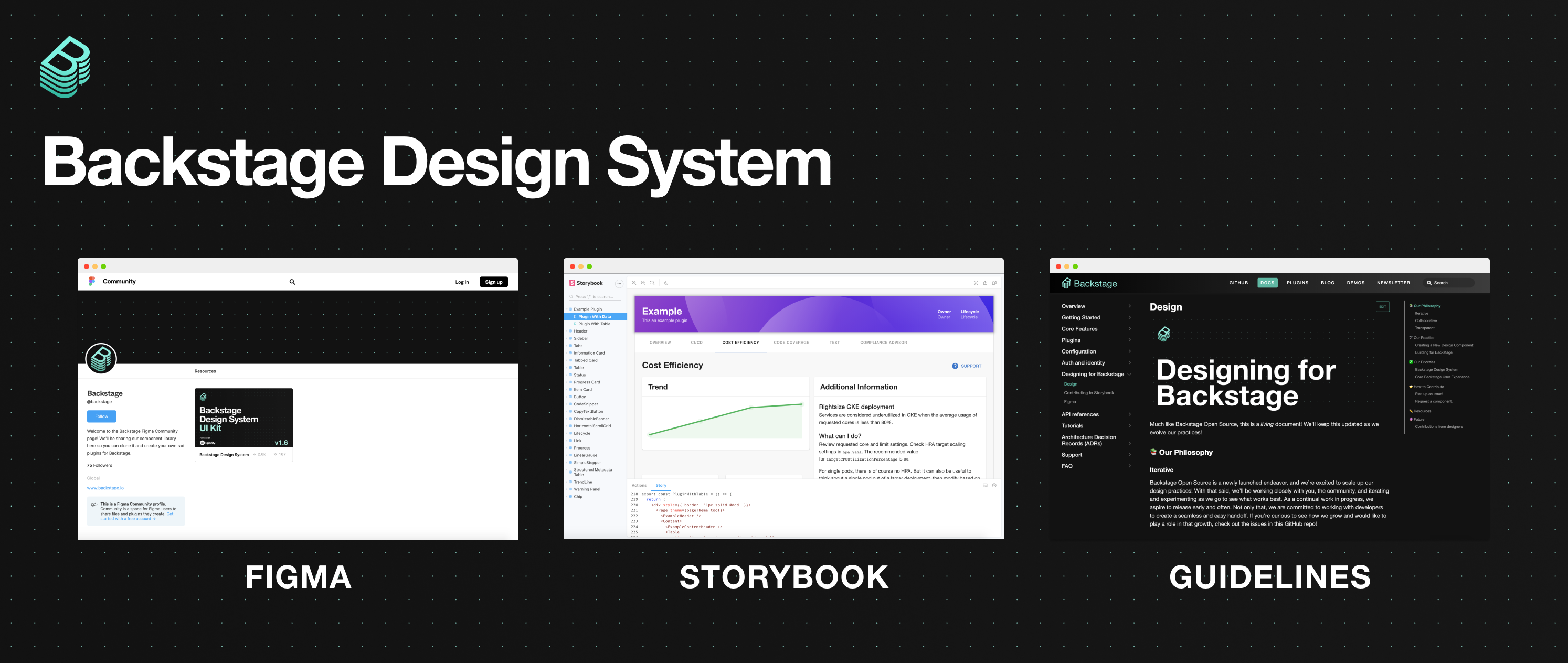Announcing the Backstage Search platform: a customizable search tool built just for you

TLDR; The new Backstage Search is now available in alpha, ready for you to start building on. A total rethinking of the core search feature in Backstage, it’s more than just a box you type into — it’s a mini platform all by itself. With its composable frontend and extensible backend, you can design and build the search tool that suits your organization’s needs.
So, you don’t just get an improved out-of-the-box experience for searching whatever is in your software catalog. You can also add support for searching other sources, too. Customize it the way you want and you can search your catalog, your plugins and docs — and even external sources, like Stack Overflow and Confluence — all at once, all right inside Backstage.
With one query, your teams can find exactly what they’re looking for: anything and everything.






